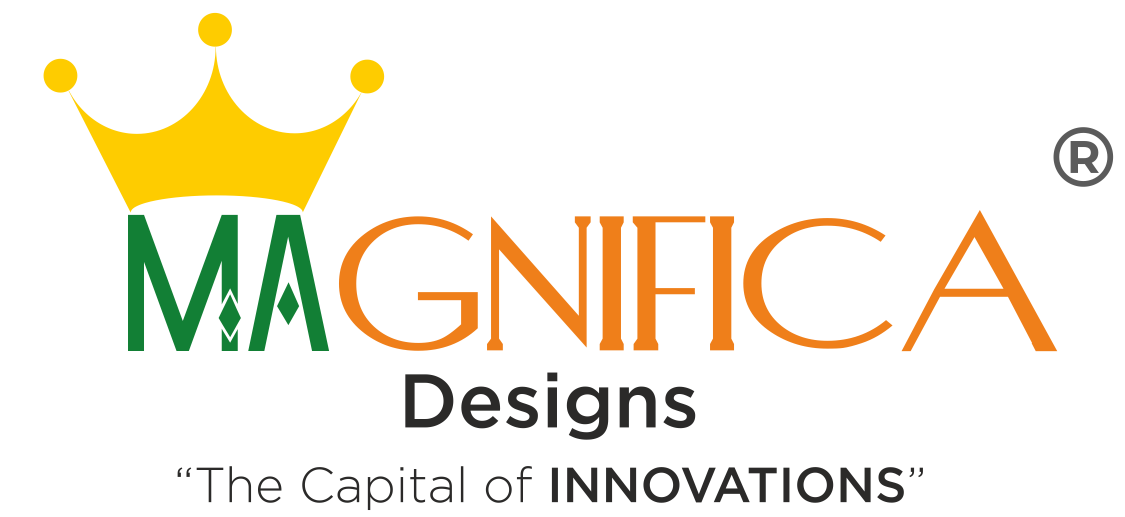Every corporation, no matter how large or small, for profit or not-for-profit, is required by law to file an annual report with their state or provincial government—this is especially true of publicly traded national or international companies. These documents, which both profile the company and outline funding and expenditures throughout the fiscal year, provide investors and federal regulators with the ability to review the management’s decisions and analyze how the decisions affect the financial health of the organization. Because annual reports contain such a dense concentration of financial information, the portion focused on telling the company’s story must work hard at getting the message across clearly and concisely. To get a good sense of how to portray a particular client, research competing companies’ reports and review the previous year’s report. Portraying a company in the most positive, professional, and ethical manner possible is the burden the graphic designer carries. Annual reports are the coup de grace of a company’s marketing budget, and typically more money and manpower will be spent on these projects than for anything else. Because of this, it is essential to partner with a copywriter or the client’s marketing department to ensure that a highly conceptual and appropriate theme or message is developed. The production of the final piece is also important and, for many, only the highest quality printing, paper selections, and attention to detail will suffice. A single typo can cause an entire batch of tens of thousands of books to be thrown out and reprinted, so take extra care when reviewing the final files before they go to press.

Components of an Annual Report:
1. President’s Letter
A letter from the company president or chairman informs investors about major events of the previous year and outlines the company’s vision and future plans for the organization.
2. Background Information
People review annual reports to learn more about the heritage and tradition of a company. Information about office locations and key personnel (upper management and officers) should be included.
3. Financial Statement
By law, a company’s financial statement must be included in an annual report. This statement is usually provided to the designer as an Excel spreadsheet or table detailing a company’s revenues, expenses, officer and director compensation, gross and net profits or loss, business assets, and any other data that verifies a company’s financial health.
4. Charts and Diagrams:
In addition to the year’s numbers, visual interpretations of the company’s performance in sales (products) or subscribers (services) are presented to current or potential investors of the company. Diagrams such as pie charts should be included for speed and ease of comprehension.
5. Product or Service Offerings
Annual reports should tell potential investors who or what the company is, what it does, and why it matters.
Annual Report Considerations:
- Investors respond better to black ink, especially in financial statements. Never use red text in an annual report unless the company experiences a loss in revenue or profits and specifically requests it.
- The most common format is one that divides the report into sections with the company story first followed by the financial statement sections.
- Minimal copy and vivid imagery draw viewers into the piece and make them read more.
Annual reports are typically perfect bound or saddle stitched. Sometimes they are packaged with other collateral for greater effectiveness.



